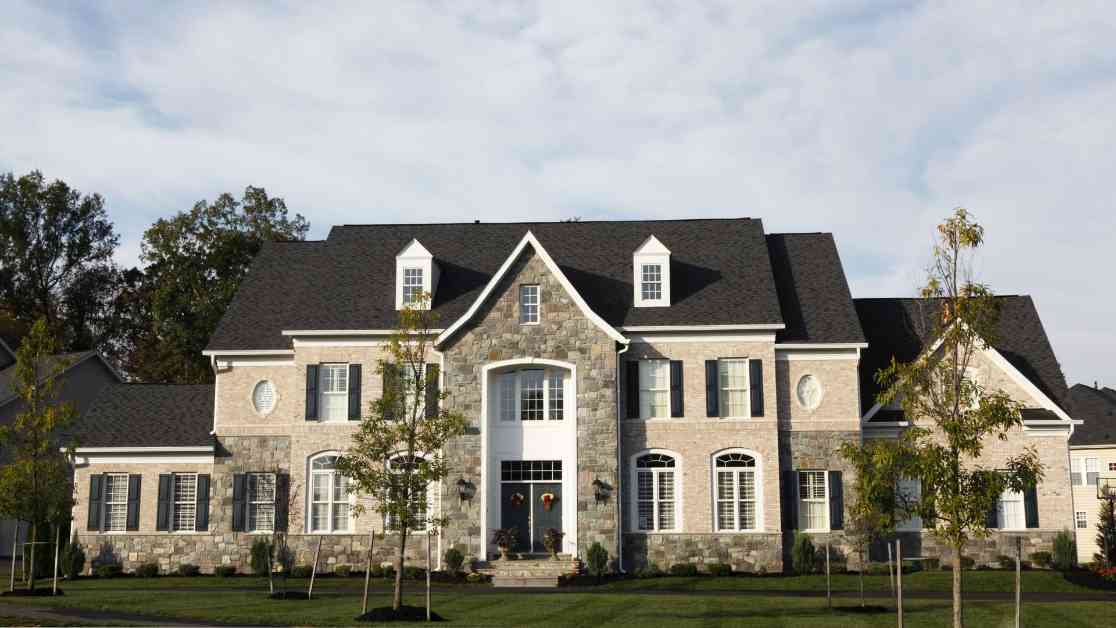American homeowners are sitting on a goldmine of untapped space within their very own properties, according to a new report from Realtor.com. The number of extra bedrooms, defined as rooms exceeding the necessary sleeping quarters for household members and even including a potential office space, has skyrocketed to its highest level in recorded history.
Last year, data from the U.S. Census revealed that the number of extra bedrooms in American homes reached an astounding 31.9 million, up from 31.3 million in 2022. This significant increase is a stark contrast to the mere 7 million extra bedrooms noted back in 1980. The surge in spare rooms is attributed to two key factors: the expansion of home sizes and the shrinking average household size.
Ralph McLaughlin, a senior economist at Realtor.com, explained, “We are seeing more guest rooms for two main reasons: homes getting bigger and household size getting smaller.” He further pointed out that spare rooms are particularly popular in more affordable regions, where it is feasible to purchase homes with additional bedrooms.
The average size of new homes experienced growth during the era of extravagant “McMansions” starting in the 1980s, but this trend plateaued roughly ten years ago due to escalating costs and consumer demands for energy efficiency and environmental sustainability. Over the past five decades, the average number of bedrooms per home has risen from 2.5 rooms in 1970 to 2.8 rooms in 2023, with no notable change in the past decade.
Regional Disparities
The excess space phenomenon varies regionally, with the Mountain West and Southern regions showcasing the highest prevalence of spare rooms. This discrepancy is largely influenced by the availability of land and the construction of homes with larger floor plans in these areas. Conversely, urban settings tend to exhibit contrasting dynamics.
Market Insights
The report also highlighted the top 10 markets with the highest and lowest shares of total excess bedrooms. Notable cities with a substantial surplus of spare rooms include Ogden, Utah; Colorado Springs, Colo.; and Salt Lake City, Utah. On the other hand, areas like Miami, New York, and Los Angeles boast the lowest percentages of extra bedrooms relative to total housing units.
This surplus of living space raises questions about the balance between consumer preferences for spacious homes and potential overbuilding tendencies in the real estate market. As homeowners navigate the intricate landscape of property ownership, the allure of maximizing available space presents a compelling opportunity for both practicality and creativity in utilizing every square foot of their living environment.



















